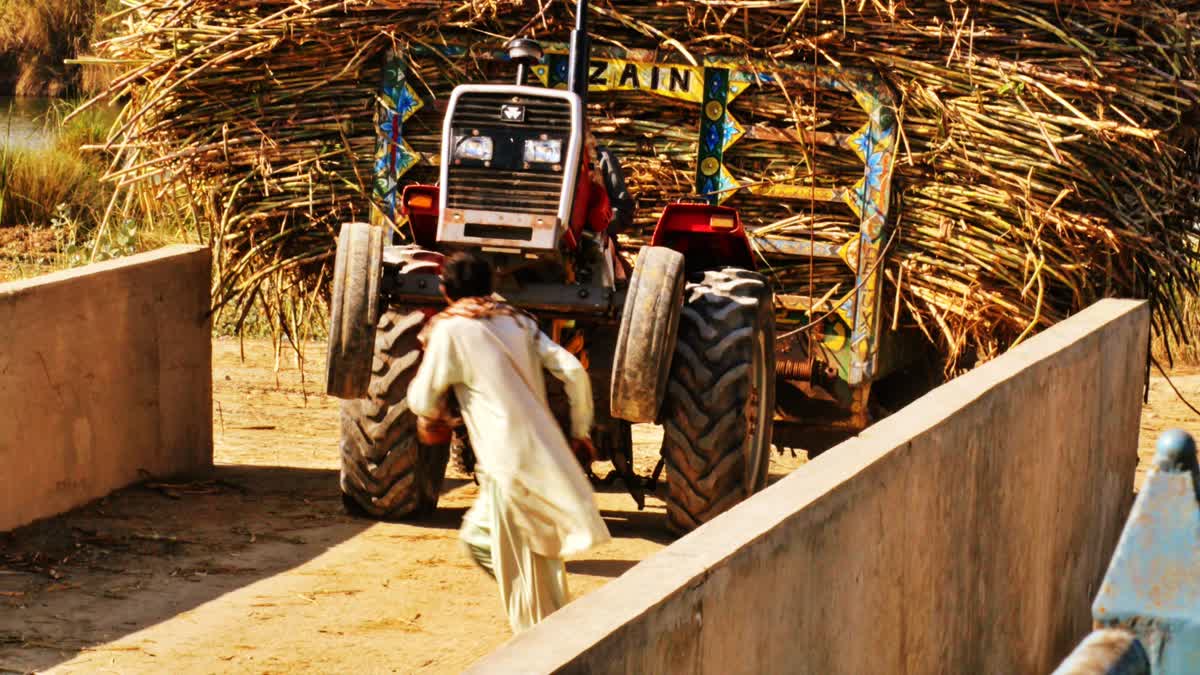After months of battling hyperinflation in food prices, particularly for vegetables like tomatoes and onions, legumes, and rice, India now faces another food challenge - sugar. The low rainfall in August, especially in sugar-growing regions of India, has resulted in drought-like conditions. The government has announced its first sugar export ban in seven years, with major producing states like Maharashtra reporting a 14% drop, the lowest in four years.
Sugar experts worldwide closely monitored the Indian monsoon and Cyclone Biparjoy, as they disrupted Indian Kharif sowing, leading to speculators worldwide hedging on sugar prices. The Indian sugar export ban has further boosted their fortunes, as sugar prices have already surged by 30% from last year.
Brazil stands to gain-To better understand the global market, let’s look at another major producer, Brazil. The USDA recently predicted a 6.5% increase in sugar production due to favorable weather and higher sugar prices. However, it’s uncertain how much sugar will actually reach the international market, as Brazil diverts its surplus sugar for biofuel and ethanol production. Brazil’s commitment to the Global Biofuel Alliance, initiated in G20 New Delhi, signals its continued focus on the biofuel industry, especially given its deep ties with the US.
Hedging on sugar-Apart from its traditional international customers, Brazil also exports raw sugar to Russia, Iran, and other African countries. The Indian sugar export ban presents a significant opportunity for Brazil to satisfy demand and keep its farmers content. It’s worth noting that Thailand has also had a challenging year, which may lead to increased demand for Brazilian sugar from Indian buyers if prices remain unchecked. With limited supply, the sugar market could become a seller’s and commodity trader’s dream scenario.
The Indian Sugar Ban- In response to the potential public panic over sugar shortages and price spikes, policymakers swiftly imposed an export ban to avoid further food price inflation. This decision highlights the government’s inability to withstand another food crisis, echoing the previous tomato crisis, which exposed shortcomings in agricultural policy and state efficiency. The loss of foreign exchange reserves adds an additional burden. While prices eventually stabilized after a few months, the new tomato harvest has once again caused prices to plummet for farmers, leaving them with only Rs 4-5/kg for their tomatoes.
Stock-limit declaration mandate- If such fluctuations occur in the sugarcane industry, it could lead to disaster. Hence, the government has implemented additional measures this week. All entities, including retailers, traders, major processors, and wholesalers, must declare stocking limits, and all stock quantities must be reported to the government portal every Monday. The government justifies these measures as necessary to combat hoarding and curb unscrupulous speculation in the sugar market.
The two key issues-However, these actions present two other problems: one related to domestic concerns and the other to international agricultural issues. Let’s begin with the latter. India has been a leader in the Global Biofuel Alliance. To maintain this position, India must have a healthy biofuel industry, which relies on a consistent and affordable supply of raw materials, such as sugar. If the government continues to waver in its sugar policy due to weather fluctuations, serious investors may lose interest in the market.
Impact on domestic biofuel production- It’s essential to imagine a mid-sized sugarcane-based ethanol industry in India. If, as in 2023, bad weather leads to reduced sugarcane production and the government bans sugarcane for ethanol, it could jeopardize the biofuel industry’s future, leaving it subject to political decisions.
The political nature of sugar in India, involving cooperatives, politicians, mills, industry, and the government, makes it unattractive to venture capitalists and funds relying on political whims, especially when production can fluctuate dramatically.
Without a stable sugarcane production and economy, biofuels remain an expensive and impractical dream, as demonstrated by the current situation.
The Indian thali will take a hit- Now, let’s address the domestic problem. Sugar is a critical component of the Indian thali, and any further pressure to reduce sugar availability may be perceived as a direct attack on Indian households. Additionally, due to hyperinflation, rising fuel and vegetable costs, reduced production, and adverse weather, rural India will likely demand higher MNREGA and MSP benefits. For sugarcane, state prices would need to increase to appease voters in politically active regions, further contributing to rising sugar prices.
At present, both the government and the people appear to be in a sticky situation. To avoid a sugar crisis, the government must tread carefully.



